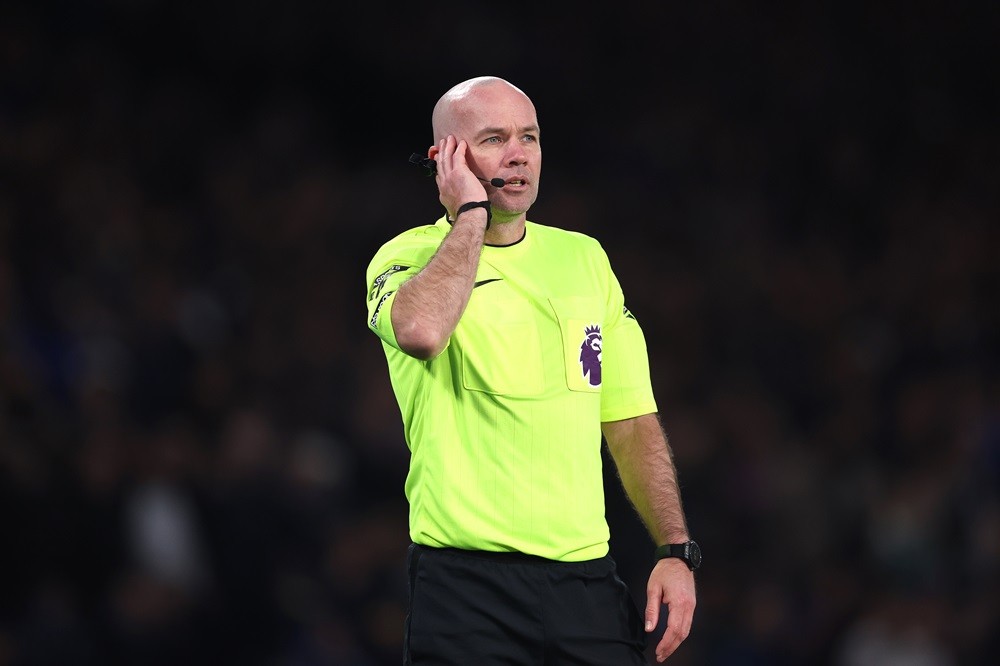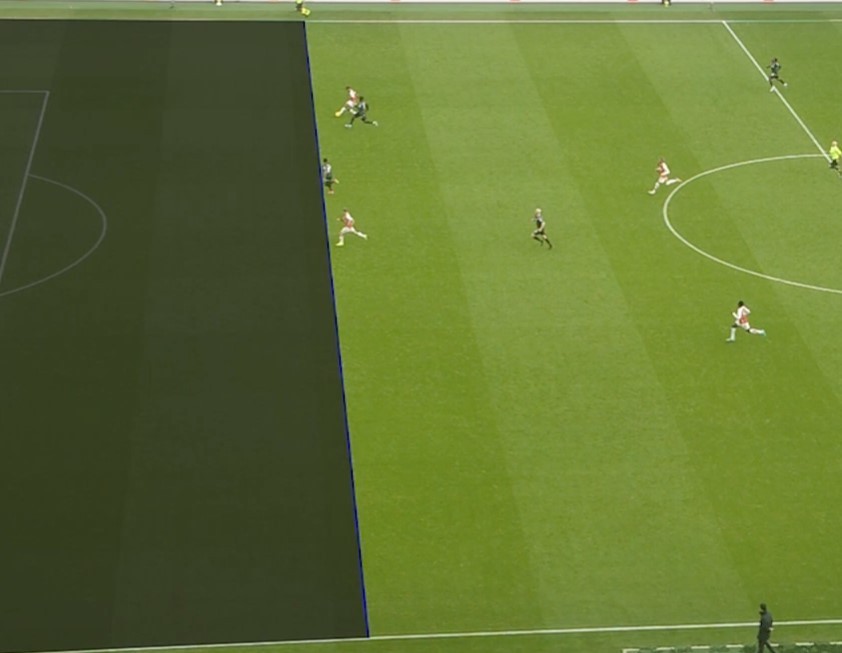The Premier League are set to fail to hit their own target of introducing semi-automated offside technology this year, according to a report.

Years after semi-automated offside technology was first introduced to top-level football, all 20 Premier League clubs finally voted to bring in the technology earlier in 2024.
The vote was unanimous, but the league didn’t commit to introducing the technology until after one of the autumn international breaks – meaning either September, October, or November.
Further updates in August suggested that October was the most likely date for the system’s introduction, with Premier League CFO Tony Scholes confirming as much.

Yet ESPN now report that the league are set to miss their target. The system is reportedly not ready to be rolled out, and it could be 2025 before it is.
Despite “extensive testing and analysis” throughout last season, the Premier League is reportedly still not confident the technology is fully reliable.
The frustration for fans is that the current system is objectively unreliable. It has led to many errors, including a Brentford goal against Arsenal that should have been disallowed.
The VAR on that occasion forgot to check the relevant player, an issue the automated system would not have.

The current system is also slow and reliant on a person manually identifying the correct frame that the ball was played.
FIFA’s semi-automated offside technology uses a chip in the ball to identify the kick point, whilst the Champions League uses an AI method. Both would be far more accurate than a person manually looking at a screen and clicking the frames forward.
But it seems we’re set to hit the two-year anniversary of Serie A introducing the technology (January 2023) before the Premier League does the same.

